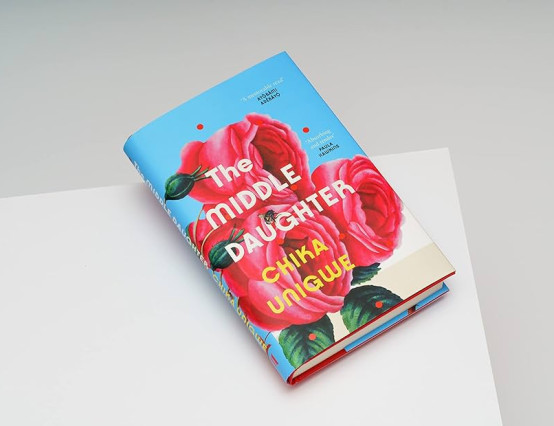Over 500,000 copies of Mizuki Tsujimura’s The Lonely Castle in the Mirror have been sold in Japan, making it a #1 Japanese bestseller. The novel follows Kokoro, who drops out of school after being tormented by a group of bullies. However, Kokoro keeps her bullying a secret, preferring instead to feign illness as a means of getting out of school. Isolated and depressed, she one day notices that the mirror in her bedroom is glowing. Upon examination of the mirror, Kokoro finds herself in a fairytale-esque castle. Here Kokoro finds six other teenagers, all of whom have also stopped attending school. Although the castle offers the children some respite from the outside world, it is also dangerous. If they do not leave by 5pm, they will be killed.
The Lonely Castle in the Mirror has an irresistible fairytale twist. Many aspects of the novel are reminiscent of our most beloved childhood stories. For example, Tsujimura’s Wolf Queen bears similarities to the wolf in the Grimm Brothers’ Little Red Riding Hood. Likewise, the magical mirror that transports the children to the castle is reminiscent of the wardrobe in C.S Lewis’s The Lion, The Witch, and The Wardrobe. However, what makes the novel shine the most is the way in which Tsujimura uses fairytales to broach issues of the real world, such as grief, bullying, suicide, loneliness, and sexual abuse. Pivotally, the children can only be saved once they share their stories. In this way, Tsujimura reminds the reader to reach out to others if they are struggling with their mental health. This makes the Lonely Castle in the Mirror an incredibly important novel, especially considering the fact that Japanese children were ranked second-to-last in a UNICEF report assessing children’s mental health.
Despite the brilliance of the plot, the writing itself can feel a little simplistic and fall flat at times, making it difficult to engage with and fully envision the story. Perhaps the translation of the novel is to blame for this – The Lonely Castle in the Mirror was translated from Japanese to English in April 2021 by Philip Gabriel. However, whilst the writing might not be perfect, the novel certainly does not lack emotional depth. The final chapter is testimony to this. Here each child shares their stories, allowing the reader to see why they are the way that they are. From their stories, it becomes obvious as to why the children use the castle to escape from the pain associated with their lives in the real world.
Overall, The Lonely Castle in the Mirror explores child mental health in a way that is both playful and sensitive. It is not difficult to see why this poignant tale has become a Japanese bestseller.









0 Comments